Home>Garden Essentials>What Is Aeration In Lawn Care
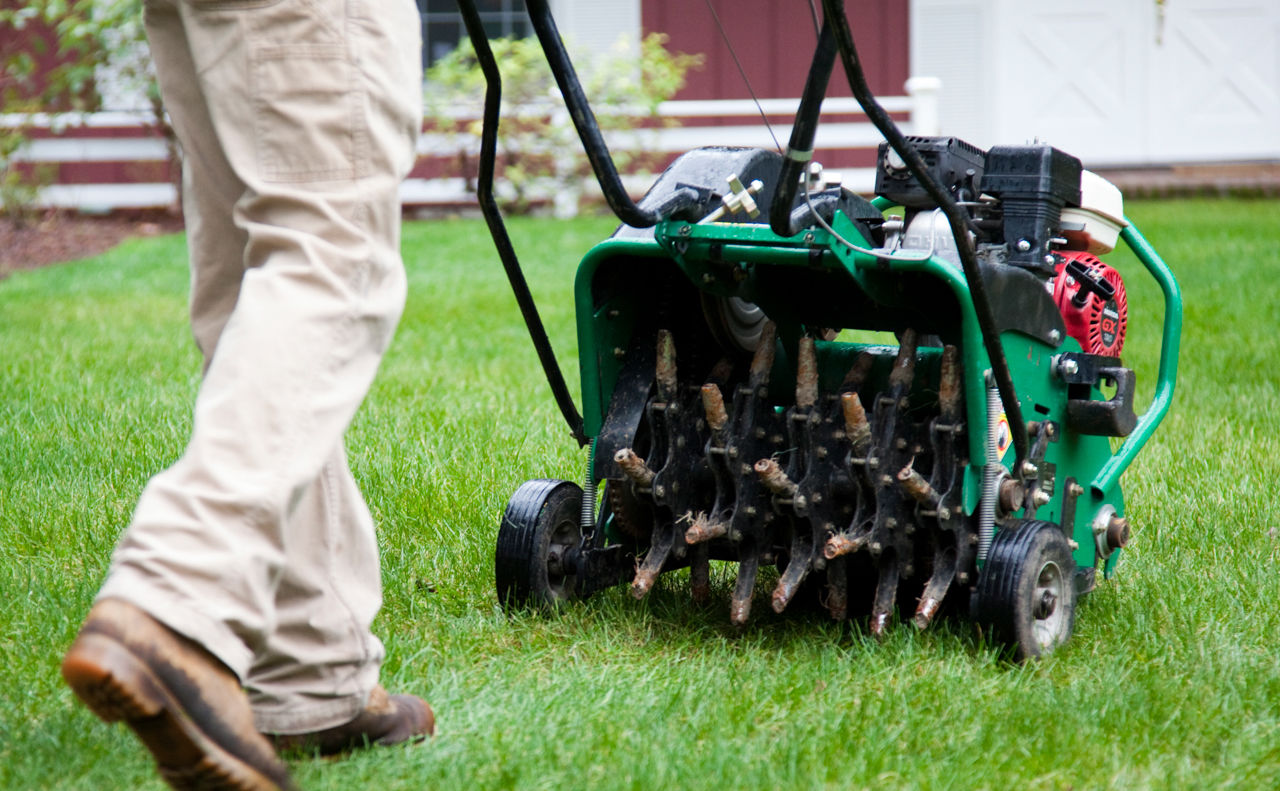

Garden Essentials
What Is Aeration In Lawn Care
Modified: March 27, 2024
Learn about aeration in lawn care and how it benefits your garden. Improve soil structure, reduce thatch build-up, and promote healthy root growth with regular aeration.
(Many of the links in this article redirect to a specific reviewed product. Your purchase of these products through affiliate links helps to generate commission for Storables.com, at no extra cost. Learn more)
Introduction
Welcome to the wonderful world of lawn care! As any proud homeowner knows, a well-maintained lawn can add immense beauty and value to your property. However, achieving and maintaining a lush and healthy lawn requires regular care and attention. One crucial aspect of lawn care that is often overlooked is aeration.
Aeration plays a vital role in keeping your lawn in top condition. It involves creating small holes in the soil to allow air, water, and nutrients to penetrate the root zone of the grass. This process helps to relieve soil compaction, improve root growth, and promote overall lawn health.
So why is aeration so important in lawn care? Well, over time, your soil can become compacted due to heavy foot traffic, mowing, and other lawn activities. This compaction restricts the movement of air, water, and nutrients, making it difficult for your grass to thrive. Aeration alleviates this problem by creating channels in the soil, allowing your lawn to breathe and absorb the essential elements it needs to grow.
Furthermore, aeration enhances the effectiveness of other lawn care practices. Fertilizers and pesticides can more effectively reach the root system after aeration, leading to better absorption and utilization. It also improves the water retention capacity of the soil, preventing runoff and ensuring that your grass gets the hydration it needs.
In the next sections, we will dive deeper into the world of aeration in lawn care. We will explore how aeration works, the signs that indicate your lawn needs aeration, the best time to aerate, different methods of aeration, and much more. By the end of this article, you will be equipped with the knowledge and tools to give your lawn the aeration it deserves.
Key Takeaways:
- Aeration is like giving your lawn a breath of fresh air! It helps the grass grow healthier by creating channels for air, water, and nutrients to reach the roots, preventing soil compaction and promoting lush greenery.
- Timing is crucial for aeration! Depending on your grass type and climate, early fall or late spring is best for cool-season grasses, while late spring or early summer is ideal for warm-season grasses.
Read more: What Is The Best Aerator For Lawns
Importance of Aeration in Lawn Care
Aeration is a crucial step in any comprehensive lawn care regimen. It provides numerous benefits that contribute to the overall health and beauty of your grass. Let’s take a closer look at why aeration is so important:
- Improved Oxygen Exchange: Aeration helps to increase the flow of oxygen to the roots of your grass. This is vital for the respiration process, allowing the roots to uptake essential nutrients and promote healthy growth.
- Enhanced Water Absorption: Compact soil often leads to poor water absorption and drainage. By creating small holes in the soil, aeration allows water to penetrate deeper into the root zone, reducing the risk of waterlogged soil and promoting healthy root development.
- Prevents Soil Compaction: Over time, soil naturally becomes compacted due to various factors. This compaction hinders root growth and limits the availability of nutrients. Aeration helps alleviate soil compaction, promoting healthier root development and increasing nutrient absorption.
- Promotes Microorganism Activity: Aeration encourages the growth of beneficial microorganisms in the soil. These microorganisms break down thatch and organic matter, aiding in the decomposition process and creating a healthy soil ecosystem.
- Enhanced Nutrient Uptake: After aeration, fertilizers and amendments can penetrate the soil more effectively, ensuring that the roots receive the necessary nutrients for optimal growth. This results in a stronger and more vibrant lawn.
- Reduces Thatch Build-Up: Thatch refers to the layer of dead plant material that accumulates between the grass blades and the soil surface. Excessive thatch can impede water, air, and nutrient movement. Aeration helps break up and manage thatch, preventing it from suffocating the grass.
Overall, regular aeration promotes healthy soil structure, enhances root growth, improves water and nutrient absorption, and reduces the risk of common lawn problems such as compaction and thatch build-up. It is an essential step in maintaining a thriving and beautiful lawn.
In the next sections, we will explore how aeration works, including the signs that indicate your lawn needs aeration and the best time to aerate. So let’s dig deeper and uncover the secrets of successful lawn aeration!
How Aeration Works
Aeration works by creating small holes in the soil, allowing air, water, and nutrients to penetrate the root zone of your grass. This process helps alleviate soil compaction and promotes a healthier lawn. Let’s take a closer look at how aeration works:
1. Core Aeration: The most common method of aeration is core aeration, also known as lawn coring or core pulling. A core aerator is a machine with hollow tines that penetrate the soil and extract small plugs of soil and thatch. These plugs are then deposited on the lawn surface. Core aeration removes small cores of soil from the lawn, creating open channels for water, air, and nutrients to reach the root zone.
2. Spike Aeration: Spike aeration involves using a machine or handheld tool to create holes in the soil without removing any soil cores. Instead, solid spikes or tines penetrate the ground, creating channels for enhanced airflow and water absorption. While spike aeration can help relieve mild compaction, it is not as effective as core aeration in breaking up compacted soil.
3. Liquid Aeration: Liquid aeration is an alternative method that involves applying a liquid soil conditioner to the lawn. The conditioner contains ingredients that help break up compacted soil and improve water and nutrient absorption. While liquid aeration does not physically create holes in the soil like core or spike aeration, it can still provide some benefits in terms of soil health.
Aeration is most effective when performed in a grid pattern to ensure that the entire lawn receives adequate coverage. The spacing between the aeration holes or cores should generally be around 2-6 inches apart. For severe soil compaction issues, it may be necessary to perform multiple passes of aeration to achieve optimal results.
By aerating your lawn, you create a pathway for water, air, and nutrients to reach the root zone, stimulating healthy root growth and promoting the overall vitality of the grass. Aeration also helps to break up thatch and minimizes compaction, providing your lawn with the best possible growing conditions.
In the next section, we will discuss the signs that indicate your lawn may need aeration and how to determine the best time to aerate. So stay tuned to ensure your lawn gets the care it deserves!
Signs Your Lawn Needs Aeration
Regular aeration is an essential part of maintaining a healthy lawn. But how do you know if your lawn is in need of aeration? Here are some signs that indicate your lawn could benefit from the aeration process:
- Excessive Thatch: Thatch is a layer of dead grass, leaves, and other organic material that builds up between the grass blades and the soil surface. If your lawn has more than half an inch of thatch, it can impede water, air, and nutrient movement. Aeration helps break up thatch, allowing for better absorption and promoting a healthier lawn.
- Soil Compaction: If your lawn experiences heavy foot traffic, mowing, or other activities, the soil can become compacted over time. Signs of soil compaction include bare patches, firm soil that is difficult to penetrate, and poor water absorption. If you notice these signs, aeration can help alleviate soil compaction and improve the overall health of your grass.
- Poor Drainage: If your lawn tends to have standing water or areas that remain wet for extended periods after rainfall or irrigation, it could be a sign of poor drainage. Compacted soil restricts the movement of water, leading to soggy areas. Aeration creates channels for water to flow freely, reducing drainage issues and preventing waterlogged soil.
- Weak Root Growth: If your lawn has shallow or weak root growth, it may be a result of compacted soil. Healthy roots are essential for nutrient absorption and overall grass health. Aeration loosens the soil, allowing the roots to penetrate deeper and encouraging robust root growth.
- Dull and Thin Grass: If your grass appears dull, thin, or lacks vibrancy, it may be a sign that it is struggling to get the necessary nutrients and oxygen. Aeration helps improve nutrient uptake, oxygen exchange, and overall grass health, resulting in a thicker, greener lawn.
- Recent Construction or Heavy Equipment: If your lawn has recently undergone construction work or has had heavy equipment parked on it, the soil may be compacted. Construction activities can heavily compact the soil, hindering grass growth. Aeration is crucial in revitalizing the soil and restoring the health of your lawn.
It is important to regularly assess the condition of your lawn and look out for these signs that indicate aeration is needed. Aeration can be performed on an annual basis or as needed, depending on the specific needs of your lawn. In the next section, we will explore the best time to aerate your lawn, ensuring you optimize the benefits of this important lawn care practice.
Best Time to Aerate Your Lawn
Timing is crucial when it comes to aeration. Performing this lawn care practice at the right time ensures optimal results and sets your grass up for success. The best time to aerate your lawn depends on several factors, including the type of grass you have and the climate in your region. Let’s explore the general guidelines for the best time to aerate:
Cool-Season Grasses: Cool-season grasses, such as Kentucky bluegrass, tall fescue, and perennial ryegrass, thrive in regions with colder winters and milder summers. The ideal time to aerate cool-season grasses is in the early fall or late spring. Aeration performed during these times allows the grass to recover and take advantage of the favorable growing conditions.
Warm-Season Grasses: Warm-season grasses, like Bermuda grass, Zoysia grass, and St. Augustine grass, thrive in regions with hot summers and mild winters. The best time to aerate warm-season grasses is during late spring or early summer. Aeration during this period allows the grass to recover during its active growth phase and take full advantage of the warm temperatures.
Transition Zone Grasses: Transition zone grasses, including varieties like fescue and Bermuda grass, are found in regions with fluctuating climates that are neither purely cool nor warm. In these areas, aeration can be performed in both spring and fall, as long as the grass is in an active growth phase. It is important to monitor the weather and soil conditions to determine the most suitable time for aeration.
In addition to considering the type of grass, it is important to take into account the soil moisture conditions. The soil should be moderately moist but not overly saturated. Aeration on dry soil can be ineffective, while aeration on waterlogged soil can cause further compaction.
It is worth noting that aeration should be avoided during periods of extreme heat or drought stress. Performing aeration during these conditions can further stress the grass and hinder its ability to recover. Additionally, if your lawn has recently been overseeded or fertilized, it is best to wait a few weeks before aerating to allow the new growth to establish.
By timing your aeration correctly, you maximize the benefits and give your lawn the best opportunity to thrive. The next sections will delve into the different methods of aeration and provide guidance on preparing your lawn prior to aeration. So, let’s continue our journey towards a healthier and more vibrant lawn!
Read more: When Should Lawns Be Aerated
Different Methods of Aeration
When it comes to aerating your lawn, there are several methods you can choose from. Each method has its unique advantages and may be more suitable for different lawn conditions. Let’s explore the different methods of aeration:
1. Core Aeration: Core aeration, also known as lawn coring or core pulling, is the most common and effective method of aeration. It involves using a core aerator machine with hollow tines to remove small plugs of soil and thatch from the lawn. These plugs are then left on the surface to break down naturally. Core aeration provides maximum benefits by creating open channels for air, water, and nutrients to reach the root zone, relieving soil compaction, and promoting healthy root growth.
2. Spike Aeration: Spike aeration is an alternative method that involves using a machine or handheld tool with solid spikes or tines to create holes in the soil. Unlike core aeration, spike aeration does not remove soil cores but rather punctures the ground. While spike aeration can provide some benefits in terms of improving water and air movement in the soil, it is generally less effective than core aeration. It may help with mild compaction but does not break up compaction as effectively as removing soil cores.
3. Liquid Aeration: Liquid aeration is a newer approach to aeration that does not physically create holes in the soil. Instead, a liquid soil conditioner is sprayed onto the lawn. The conditioner contains ingredients that help break up compacted soil and improve water and nutrient absorption. While liquid aeration is convenient and can provide some benefits for soil health, it may not be as effective as core or spike aeration in terms of relieving severe compaction or thatch build-up.
4. Manual Aeration: If you have a small lawn or prefer a more hands-on approach, manual aeration can be an option. Manual aeration tools, such as a handheld aerator or garden fork, can be used to manually create holes or remove soil cores from the lawn. While this method can be labor-intensive and time-consuming, it can still provide some benefits for small areas that require aeration.
It’s important to note that each method of aeration has its pros and cons. Core aeration is generally considered the most effective method for relieving soil compaction and promoting healthy grass growth. However, the specific method you choose can depend on factors such as the size of your lawn, the severity of compaction, and personal preference.
In the upcoming sections, we will discuss how to prepare your lawn prior to aeration, the equipment and tools needed for aeration, and the techniques for different grass types. So keep reading to ensure you’re equipped with the knowledge to successfully aerate your lawn and achieve optimal results!
Aeration in lawn care involves perforating the soil with small holes to allow air, water, and nutrients to penetrate the grass roots. This helps the roots grow deeper and makes the lawn healthier.
Preparing Your Lawn for Aeration
Before you begin the aeration process, it’s important to properly prepare your lawn to ensure maximum effectiveness and minimize potential damage. Here are some steps to follow in preparing your lawn for aeration:
1. Water the Lawn: About a day or two before aeration, water your lawn thoroughly to ensure that the soil is adequately moist. Moist soil allows the aerator to penetrate the ground more easily, making the aeration process smoother and more effective. However, be cautious not to excessively water the lawn, as it can make the soil too soft and increase the risk of damage during aeration.
2. Mow the Grass: Prior to aeration, it’s recommended to mow your lawn at the regular cutting height. This ensures that the aerator can reach the soil without any obstructions from tall grass. Mowing also helps to remove any debris, thatch, or excessive growth that may hinder the aeration process.
3. Flag or Mark Sprinklers and Obstacles: Take the time to locate and mark any sprinkler heads, underground utilities, or other obstacles in your lawn. This will help you avoid damaging them during the aeration process. Use small flags or stakes to clearly indicate their locations so you can work around them safely.
4. Remove Debris: Clear your lawn of any debris, such as sticks, rocks, or toys, before aerating. These objects can not only interfere with the aeration process but also pose a safety hazard if they get caught in the aerator or thrown by the machine. Removing debris ensures a smooth and efficient aeration process.
5. Know Your Lawn Conditions: Familiarize yourself with the existing lawn conditions such as the type of grass, soil compaction level, and any specific concerns or issues your lawn may have. This knowledge will help you make informed decisions about the aeration method, equipment, and techniques to use for optimal results.
By following these preparation steps, you set the stage for a successful aeration session. Properly preparing your lawn ensures that the aerator can penetrate the soil easily, that potential obstacles are marked and avoided, and that the aeration process is efficient and effective.
In the next section, we will discuss the different equipment and tools needed for aeration, including both manual and machine options. So let’s dive in and explore the tools that will help you achieve a healthy and vibrant lawn!
Aeration Equipment and Tools
When it comes to aerating your lawn, having the right equipment and tools can make the process easier and more efficient. Here are the different options available for aeration:
1. Aerator Machine: A core aerator machine is the most common and efficient tool for larger lawns. This machine features hollow tines that penetrate the soil and extract small plugs of soil. There are various types and sizes of aerator machines available, including walk-behind and tow-behind models. Depending on the size of your lawn and personal preference, you can choose the appropriate aerator machine for your needs. Rental options are also available if you prefer not to purchase your own machine.
2. Manual Aeration Tools: For smaller lawns or areas that are difficult to access with a machine, manual aeration tools can be used. These tools include handheld aerators or garden forks, which have solid tines that puncture the ground. While manual aeration can be more time-consuming and labor-intensive, it can be a viable option for small areas that require aeration.
3. Liquid Aeration Products: Liquid aeration is an alternative method that does not require any specific equipment or tools. Instead, liquid soil conditioners or aerating solutions are applied to the lawn using a sprayer or hose-end attachment. These products contain ingredients that help break up compacted soil and improve water and nutrient absorption. While liquid aeration may not be as effective as physical aeration methods, it can provide some benefits for soil health and is convenient for smaller lawns.
4. Safety Gear: When using any aerating equipment or tools, it’s essential to prioritize safety. Wear protective eyewear, gloves, closed-toe shoes, and long pants to protect yourself from debris and potential accidents. Be aware of your surroundings and follow the manufacturer’s instructions for safe operation of the equipment.
Before using any aeration equipment, familiarize yourself with the specific operating instructions and safety guidelines for that particular machine. Additionally, make sure that the equipment is in good working condition and properly maintained to ensure optimal performance and safety.
Consider the size of your lawn, the extent of compaction, and your personal preferences when selecting the appropriate aeration equipment and tools. If you are unsure about which option to choose, consult with a lawn care professional or local garden center for guidance.
In the next section, we will delve into the aeration techniques for different types of grasses, allowing you to tailor your aeration approach to suit your specific lawn. So, let’s continue our journey towards a healthier and more vibrant lawn!
Aeration Techniques for Different Grass Types
When it comes to aerating your lawn, it’s important to consider the specific type of grass you have. Different grass types have unique growth habits, root systems, and maintenance requirements. Here are some aeration techniques tailored to different grass types:
1. Cool-Season Grasses: Cool-season grasses, such as Kentucky bluegrass, tall fescue, and perennial ryegrass, thrive in regions with cooler winters and milder summers. These grasses typically benefit from aeration in the early fall or late spring, during their main growing seasons. For cool-season grasses, core aeration is the recommended method. Aim to aerate when the soil is moderately moist but not overly saturated, allowing the soil cores to be effectively pulled out and creating open channels for water and nutrients to reach the root zone.
2. Warm-Season Grasses: Warm-season grasses, like Bermuda grass, Zoysia grass, and St. Augustine grass, thrive in regions with hot summers and mild winters. These grasses have a different growth pattern and tend to be more aggressive in spreading. For warm-season grasses, late spring or early summer is the ideal time for aeration when the grass is in its active growth phase. Core aeration is still the recommended method, as it helps relieve compaction and enhances root development. Ensure that the soil is adequately moist for the best results.
3. Transition Zone Grasses: Transition zone grasses, such as fescue and Bermuda grass, are found in regions with fluctuating climates that are neither purely cool nor warm. These grasses usually require a combination of aeration techniques. In the spring and fall, core aeration is ideal to promote strong root growth and alleviate compaction. Additionally, during the summer months, spike aeration can be beneficial to improve air and water movement in the soil. Monitor the climate and soil conditions to determine the best time to apply each technique.
Regardless of the grass type, it’s important to consider the specific needs of your lawn. Assess the condition of your grass, the soil compaction level, and any existing issues or concerns. This information will help you determine the most appropriate aeration technique and schedule for your lawn’s unique requirements.
Remember to follow proper aeration techniques, such as overlapping the passes, to ensure even coverage across the entire lawn. Pay attention to the depth and spacing between the holes or cores, following the guidelines provided by the equipment manufacturer or lawn care professional.
In the following section, we will discuss aftercare and maintenance following aeration to help you maximize the benefits of the aeration process. So keep reading to ensure your lawn stays healthy and vibrant!
Read also: 8 Amazing Aerators For Lawns For 2024
Aftercare and Maintenance Following Aeration
After aerating your lawn, proper aftercare and maintenance are essential to maximize the benefits of the aeration process and promote healthy grass growth. Here are some important steps to follow:
1. Leave the Soil Cores: If you performed core aeration, leave the soil cores on the lawn after the aeration process. These cores will break down naturally over time and help to topdress the lawn with valuable organic matter. You can also break up the cores using a rake or by mowing over them to expedite the decomposition process.
2. Water the Lawn: Following aeration, it’s important to water your lawn to help the grass recover and promote new root growth. Ensure the soil is kept moderately moist, but be cautious not to overwater. Watering will also facilitate the breakdown of the soil cores and help settle the disturbed soil.
3. Overseed (if necessary): If your lawn has thin or bare areas, consider overseeding after aeration to promote thicker and healthier grass growth. Overseeding involves spreading grass seeds over the existing lawn, filling in gaps and improving the overall density of the grass. Choose grass seed varieties that are suitable for your climate and grass type, and follow the recommended seeding rates for optimal results.
4. Fertilize: Aeration creates open channels for nutrients to reach the root zone more effectively. Take advantage of this by fertilizing your lawn following aeration. Apply a high-quality fertilizer that is appropriate for your grass type and follow the recommended application rates. This will ensure that your grass receives the necessary nutrients to support healthy growth and recovery.
5. Maintain Proper Mowing and Watering Techniques: Even after aeration, it’s important to continue practicing good lawn care habits. Regularly mow your lawn at the appropriate height for your grass type, ensuring you do not remove more than a third of the grass blade at once. Proper mowing helps to encourage strong root growth and prevents stress on the grass. Additionally, continue watering your lawn deeply and infrequently, promoting deep root development and minimizing the risk of shallow roots.
6. Monitor and Address Issues: Keep a close eye on your lawn after aeration and monitor its progress. Look out for any signs of new grass growth, changes in color, or unusual issues. Address any problems promptly, such as pests, diseases, or weed infestations. Aeration provides a favorable environment for new growth, but ensuring your lawn remains healthy requires ongoing observation and care.
By following these aftercare and maintenance practices, you will maximize the benefits of aeration and support the health and beauty of your lawn. Remember that aeration is a beneficial practice, but it is only one part of a comprehensive lawn care regimen.
In the following section, we will address some frequently asked questions about aeration, providing further clarity and guidance. So let’s dive into the questions that may be on your mind!
Frequently Asked Questions about Aeration
1. How often should I aerate my lawn? The frequency of aeration depends on various factors such as soil type, grass type, and the level of compaction. In general, it is recommended to aerate cool-season grasses once a year in the early fall or late spring and warm-season grasses once a year in late spring or early summer. However, if your lawn experiences heavy use or shows signs of compaction, aeration may be needed more frequently.
2. Can I aerate my lawn in the summer? While the optimal time for aeration is in the spring or fall, you can still aerate your lawn during the summer if necessary. However, it is important to ensure that the soil is adequately moist and to practice proper aftercare, including watering and providing shade to minimize stress on the grass.
3. Should I rake up the soil cores after aeration? It is not necessary to remove the soil cores after aeration. Leaving the cores on the lawn allows them to break down naturally and reintroduces valuable organic matter to the soil. You can break up the cores using a rake or by mowing over them to expedite the decomposition process.
4. Is aeration effective for all types of soil? Aeration is generally beneficial for most soil types, as it helps alleviate compaction and improve soil structure. However, heavy clay soils may require more frequent aeration due to their inherent tendency to become compacted. Sandy soils, on the other hand, typically do not require as much aeration due to their naturally loose structure.
5. Can I aerate a newly established lawn? It is generally not recommended to aerate a newly established lawn until the grass has had a chance to establish a strong root system. It is best to wait until the grass is well-established and has undergone a few mowings before considering aeration.
6. Can I aerate if my lawn is severely damaged or in poor condition? Aeration alone may not be sufficient to repair severely damaged or neglected lawns. In such cases, it is advisable to address the underlying issues, such as addressing nutrient deficiencies, controlling pests or diseases, or overseeding in conjunction with aeration to promote grass recovery and revitalization.
Remember, if you have any specific concerns or questions regarding aeration or lawn care in general, consulting with a lawn care professional or local garden center can provide valuable guidance tailored to your specific lawn’s needs.
With these frequently asked questions addressed, you are now equipped with comprehensive information about aeration and its importance in lawn care. By implementing proper aeration techniques, following aftercare practices, and maintaining a regular lawn care routine, you are sure to cultivate a healthy and vibrant lawn that will be the envy of your neighborhood.
So go ahead, embrace the world of aeration and give your lawn the care it deserves!
Conclusion
Congratulations! You have now gained a comprehensive understanding of the importance of aeration in lawn care and the various aspects surrounding this crucial practice. Aeration plays a vital role in maintaining a healthy and vibrant lawn by alleviating soil compaction, improving root growth, and promoting the efficient absorption of nutrients and water.
Throughout this article, we explored the different methods of aeration, including core aeration, spike aeration, and liquid aeration. We discussed the signs that indicate your lawn needs aeration, such as excessive thatch, soil compaction, and poor drainage. We also highlighted the best times to aerate based on different grass types and climate conditions.
We delved into the preparation steps required before aeration, such as watering the lawn, mowing the grass, and marking any sprinklers or obstacles. We also discussed the equipment and tools needed for aeration, including aerator machines, manual tools, and liquid aeration products.
Furthermore, we covered the aeration techniques specific to different grass types, ensuring that you can tailor your approach to the unique needs of your lawn. We emphasized the importance of proper aftercare and maintenance, including leaving the soil cores, watering, overseeding, fertilizing, and ongoing monitoring of your lawn’s health.
Lastly, we addressed frequently asked questions, providing clarity on topics such as the frequency of aeration, raking soil cores, and aeration for newly established or damaged lawns.
By incorporating aeration into your lawn care routine and following the guidelines outlined in this article, you are setting yourself up for success in achieving a lush, healthy, and beautiful lawn.
Remember, aeration is just one piece of the puzzle in maintaining a thriving lawn. Regular mowing, proper watering, fertilizing, and controlling weeds and pests are all essential components of a comprehensive lawn care regimen.
So go ahead, confidently aerate your lawn, and enjoy the benefits of improved root growth, enhanced nutrient absorption, and a healthier ecosystem for your grass. Your lawn will thank you with its vigor and lush green appearance.
Happy aerating, and may your lawn bloom with vitality!
Frequently Asked Questions about What Is Aeration In Lawn Care
Was this page helpful?
At Storables.com, we guarantee accurate and reliable information. Our content, validated by Expert Board Contributors, is crafted following stringent Editorial Policies. We're committed to providing you with well-researched, expert-backed insights for all your informational needs.
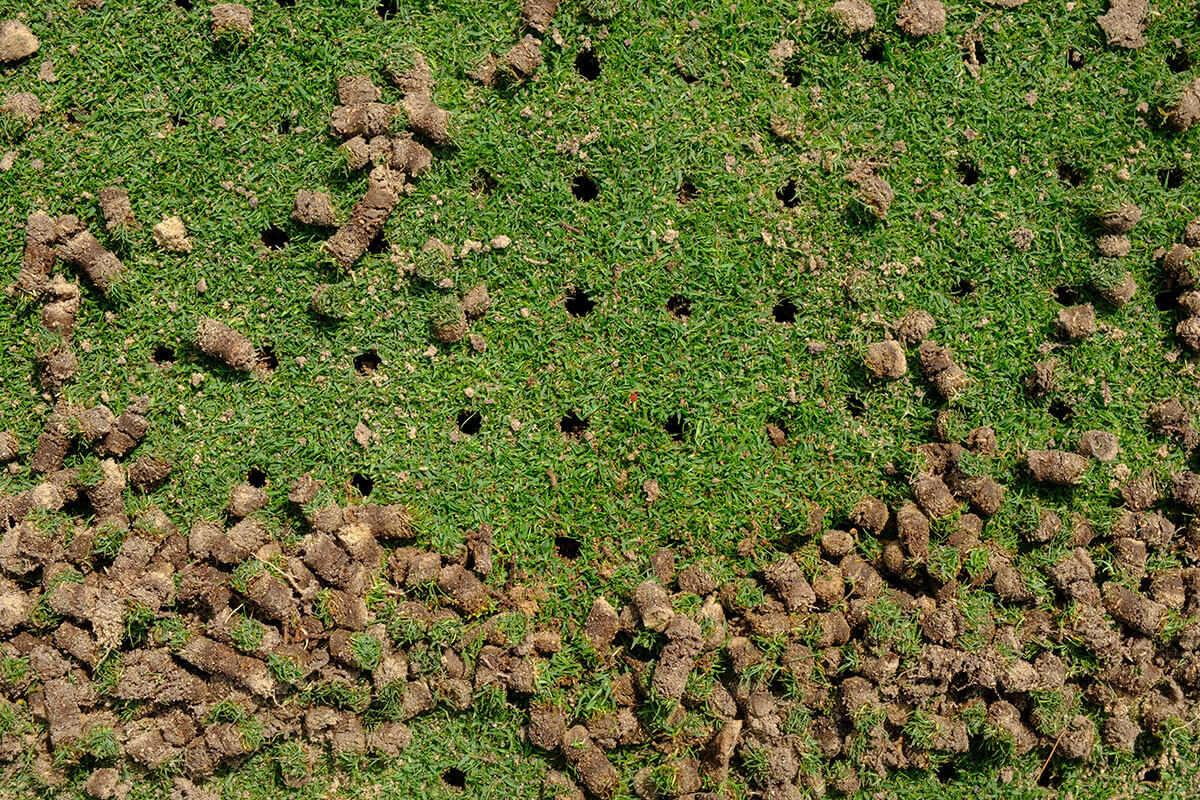
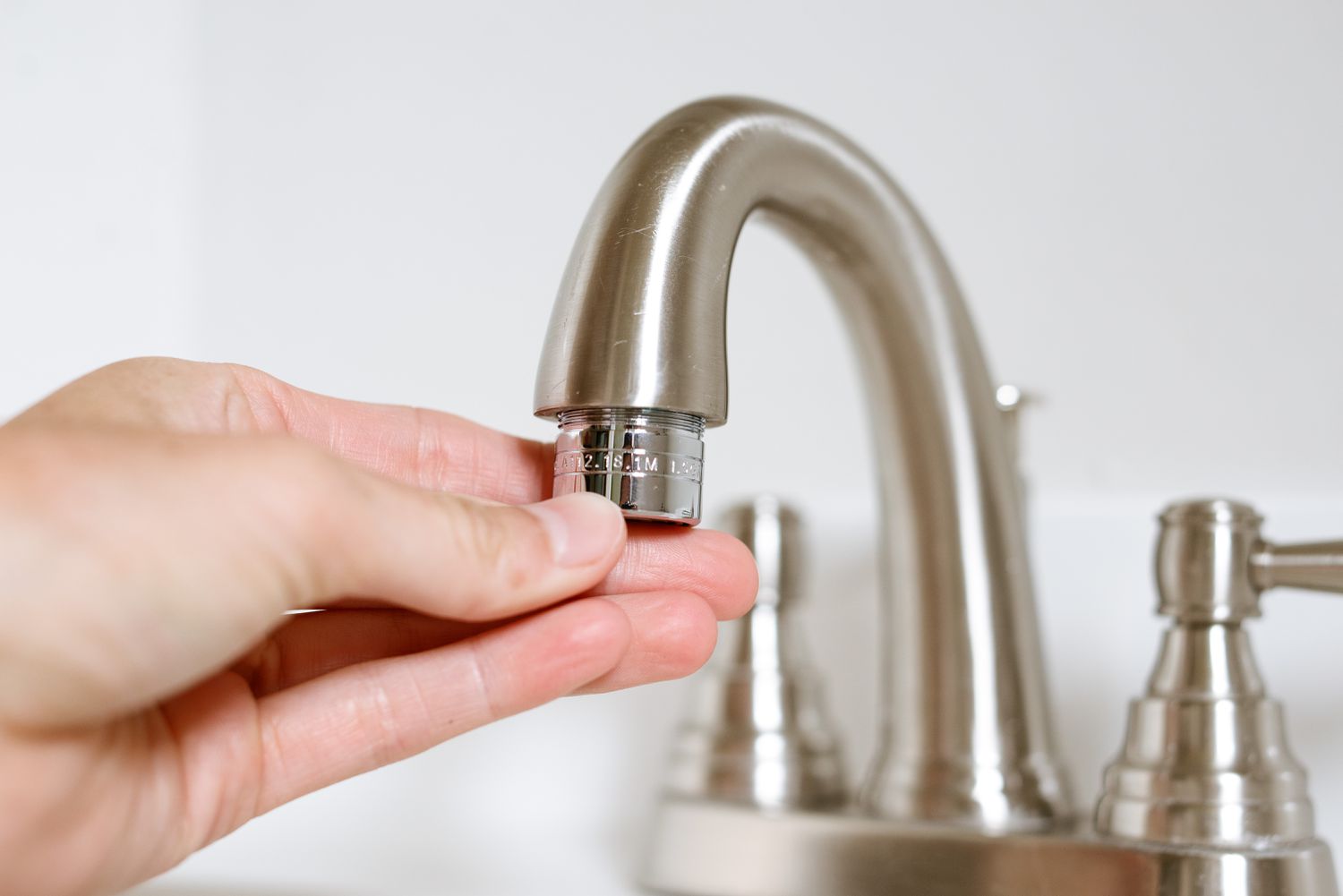
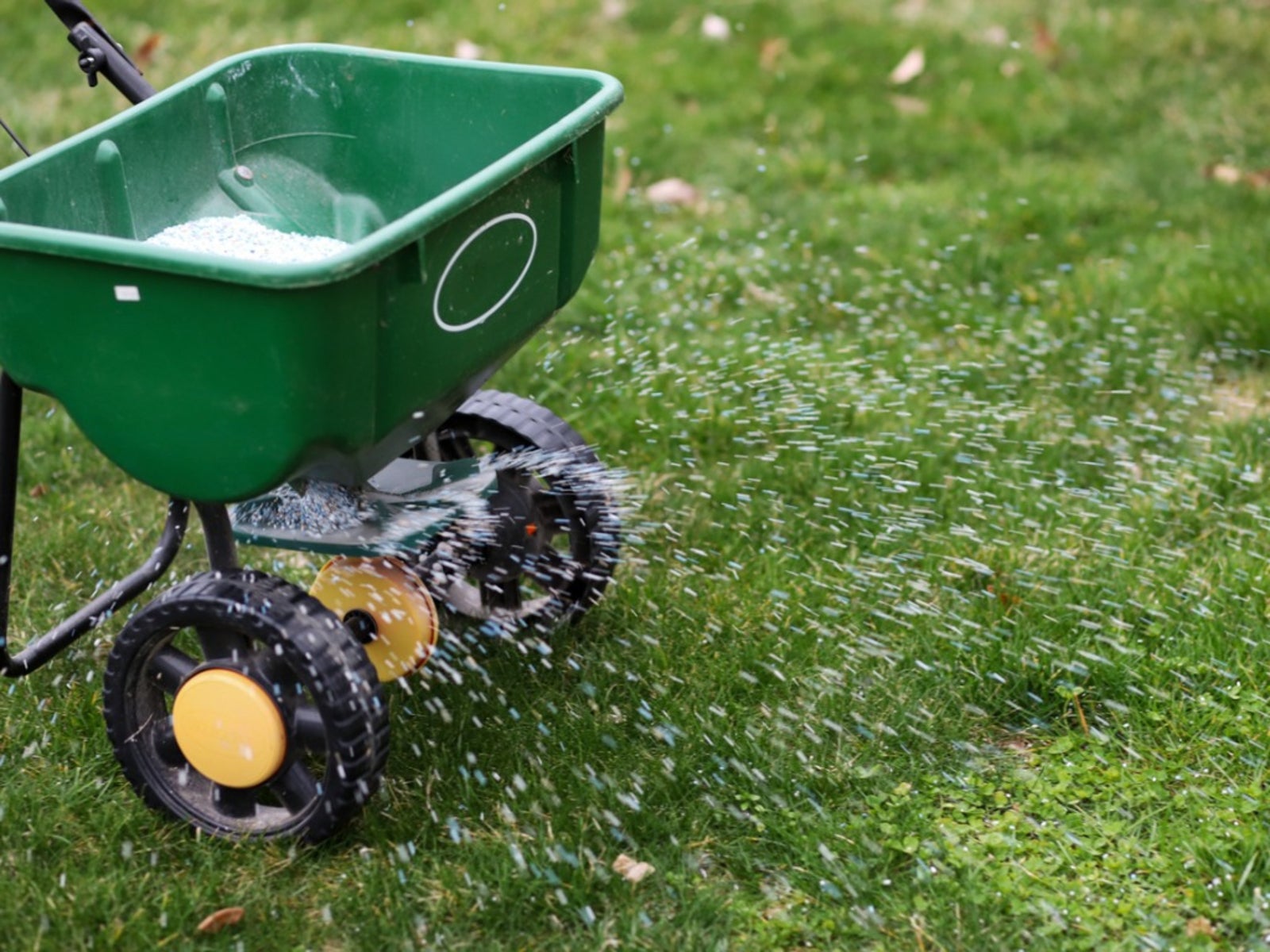
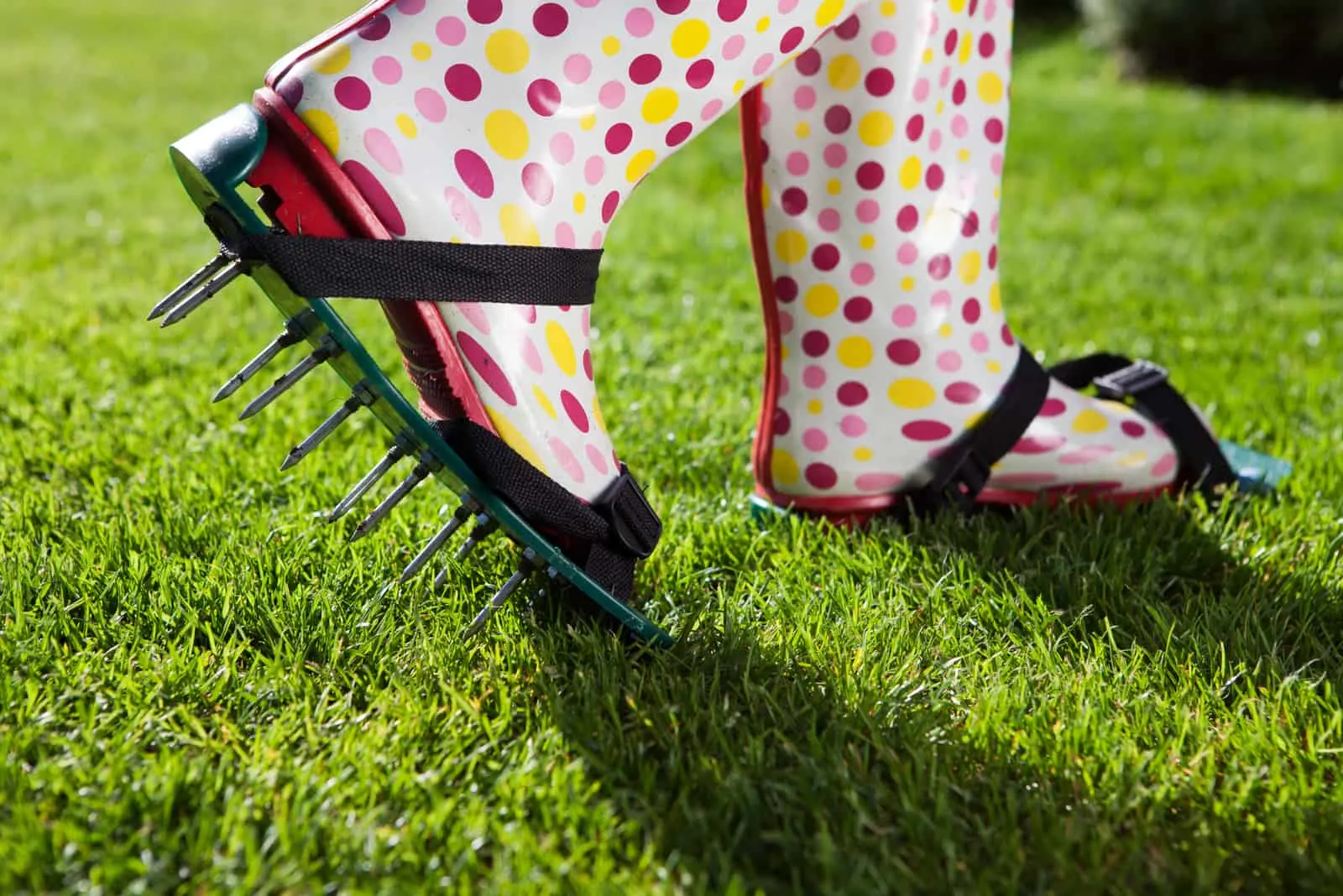
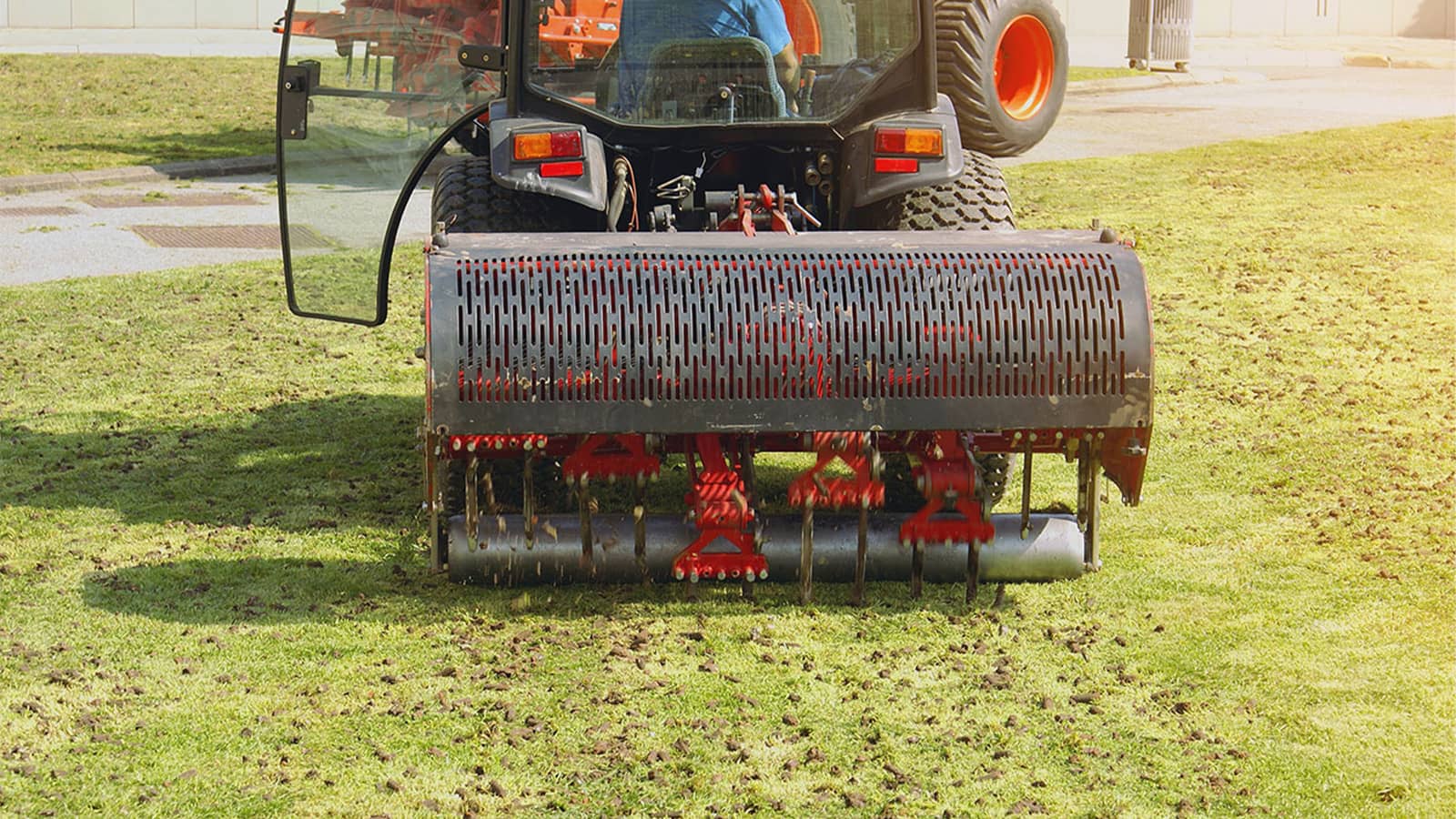
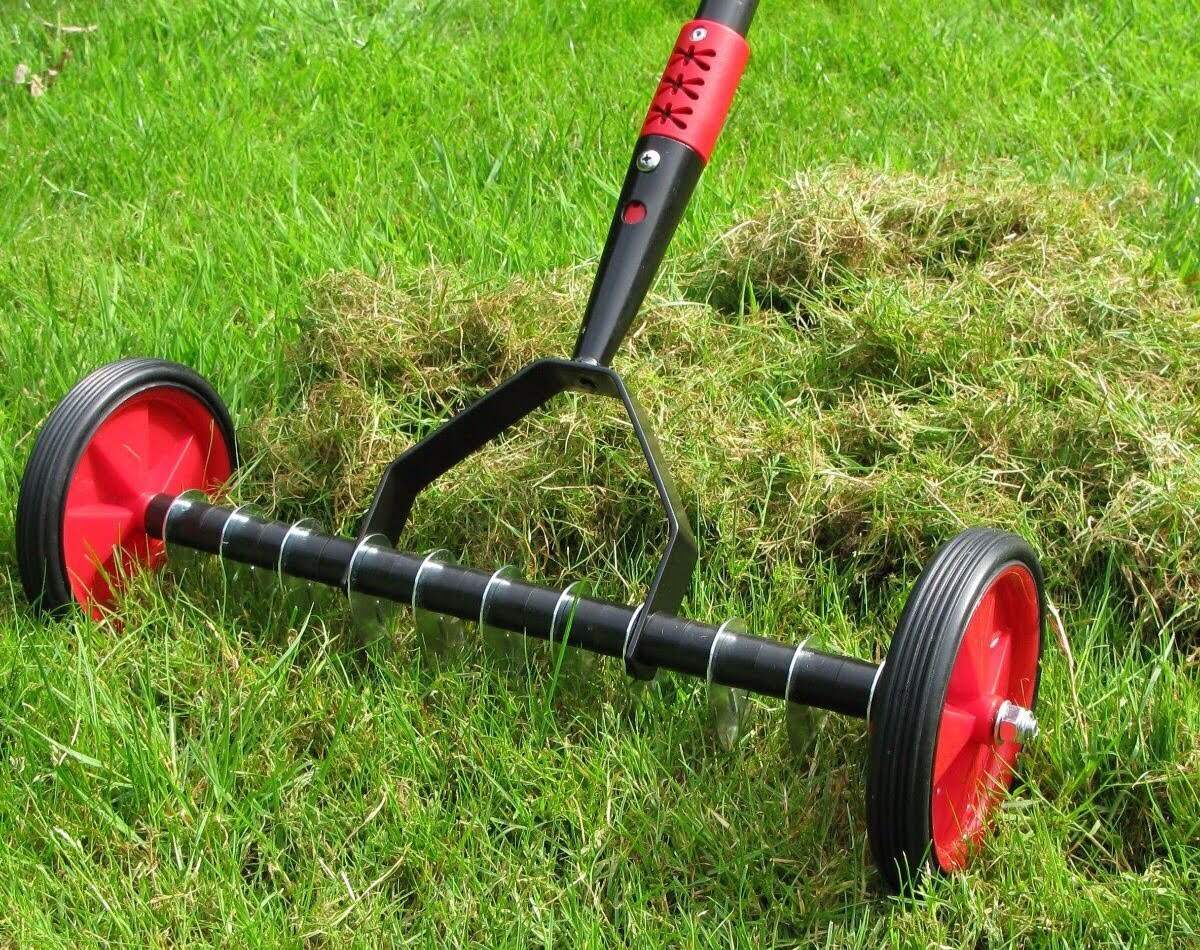
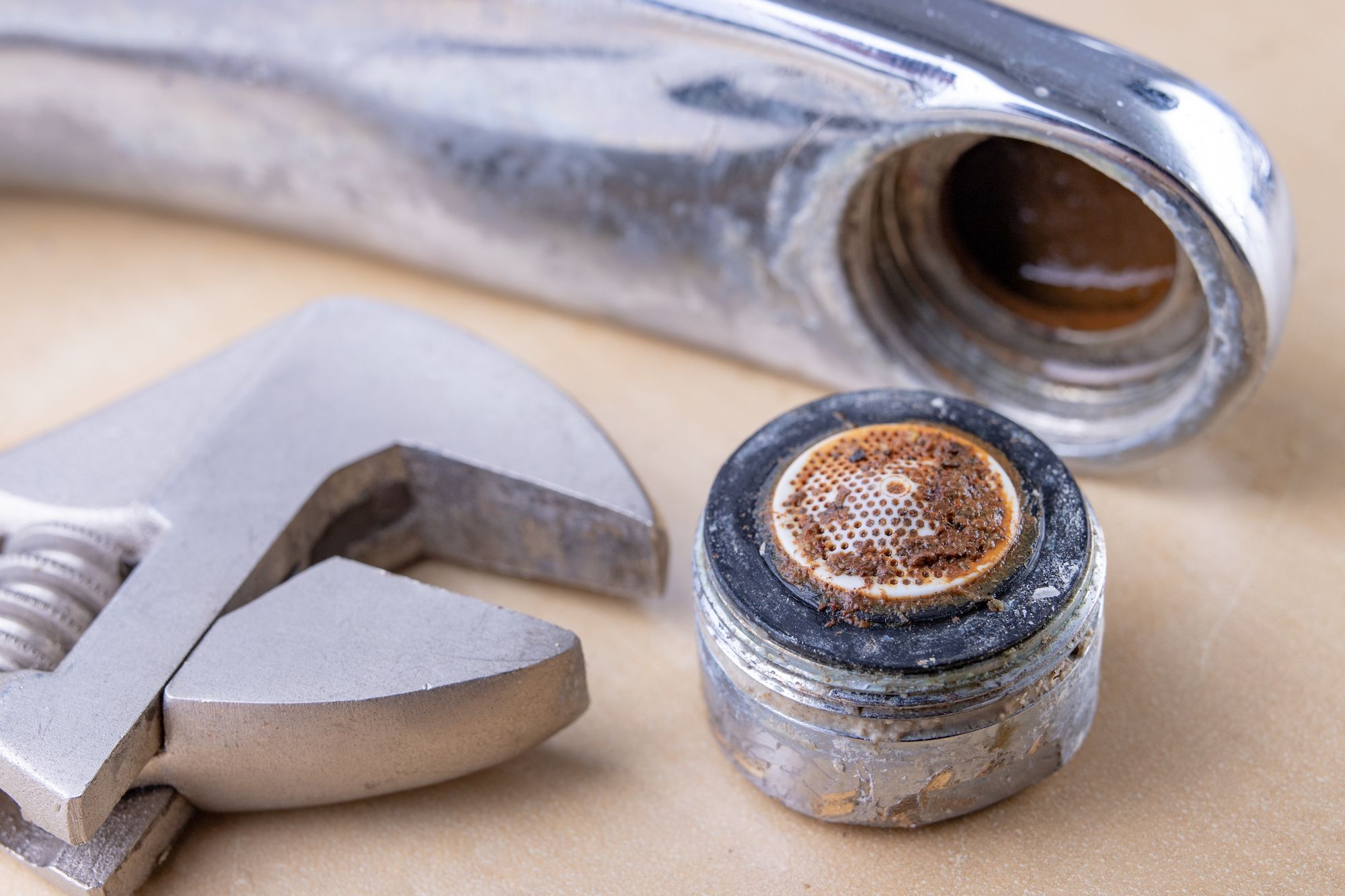
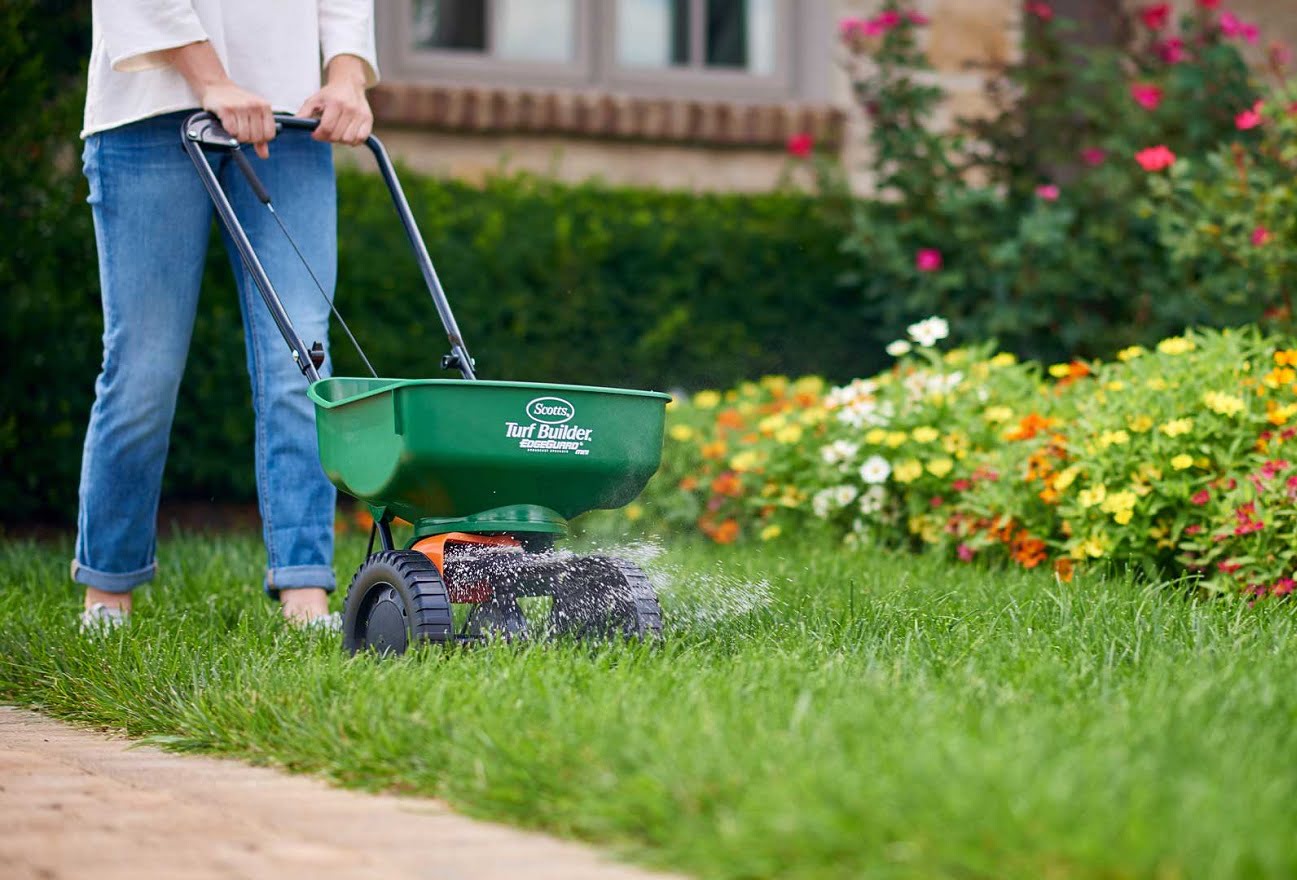
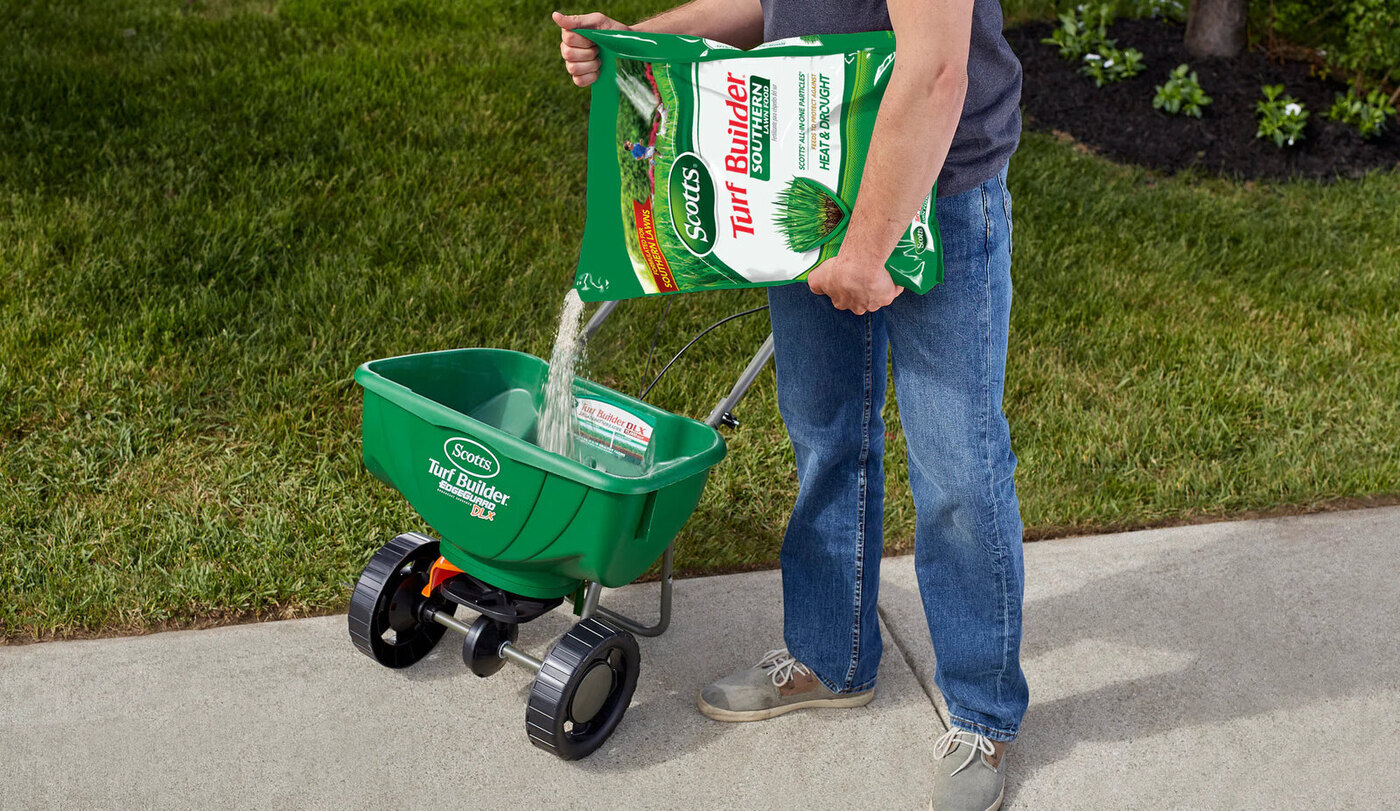
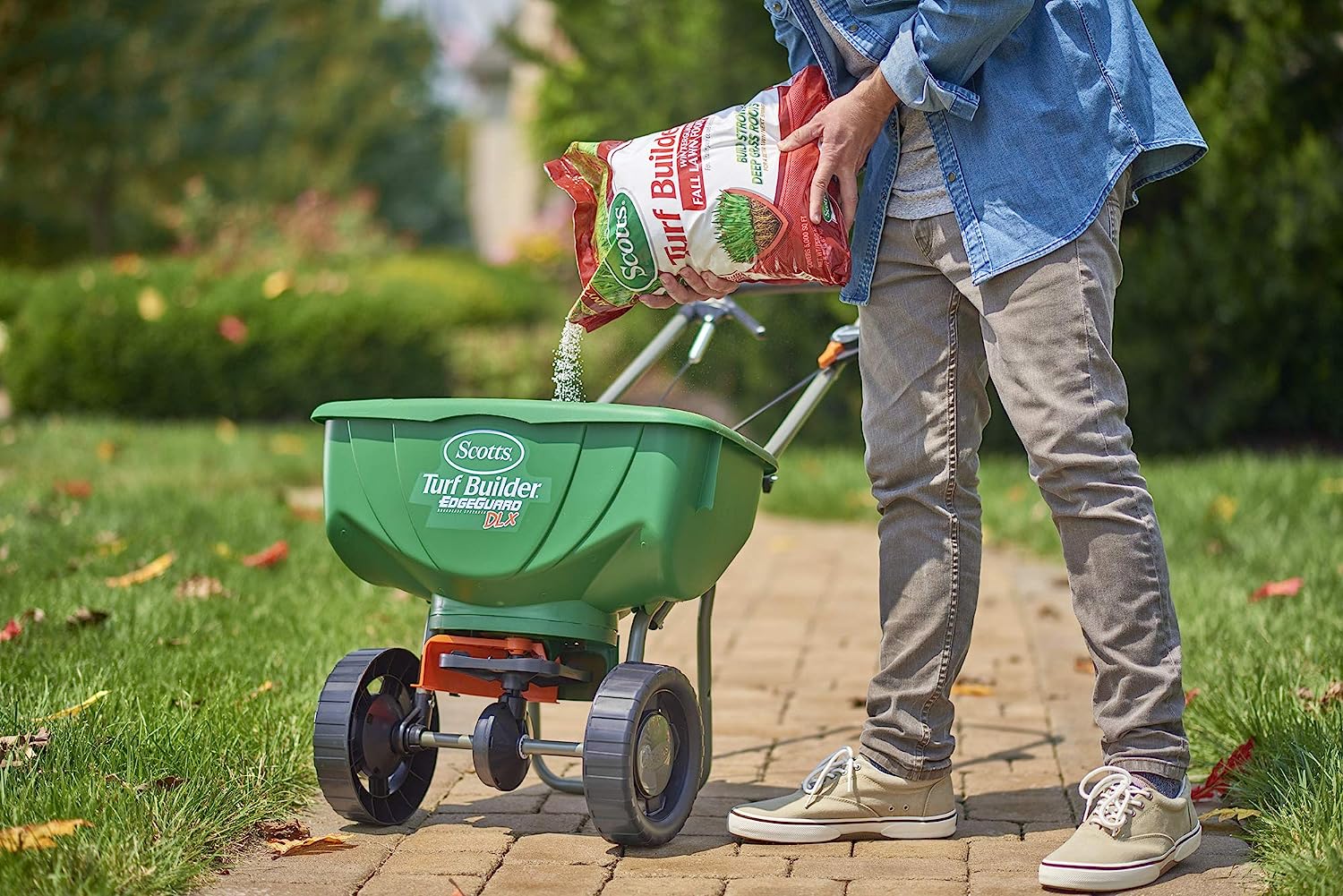
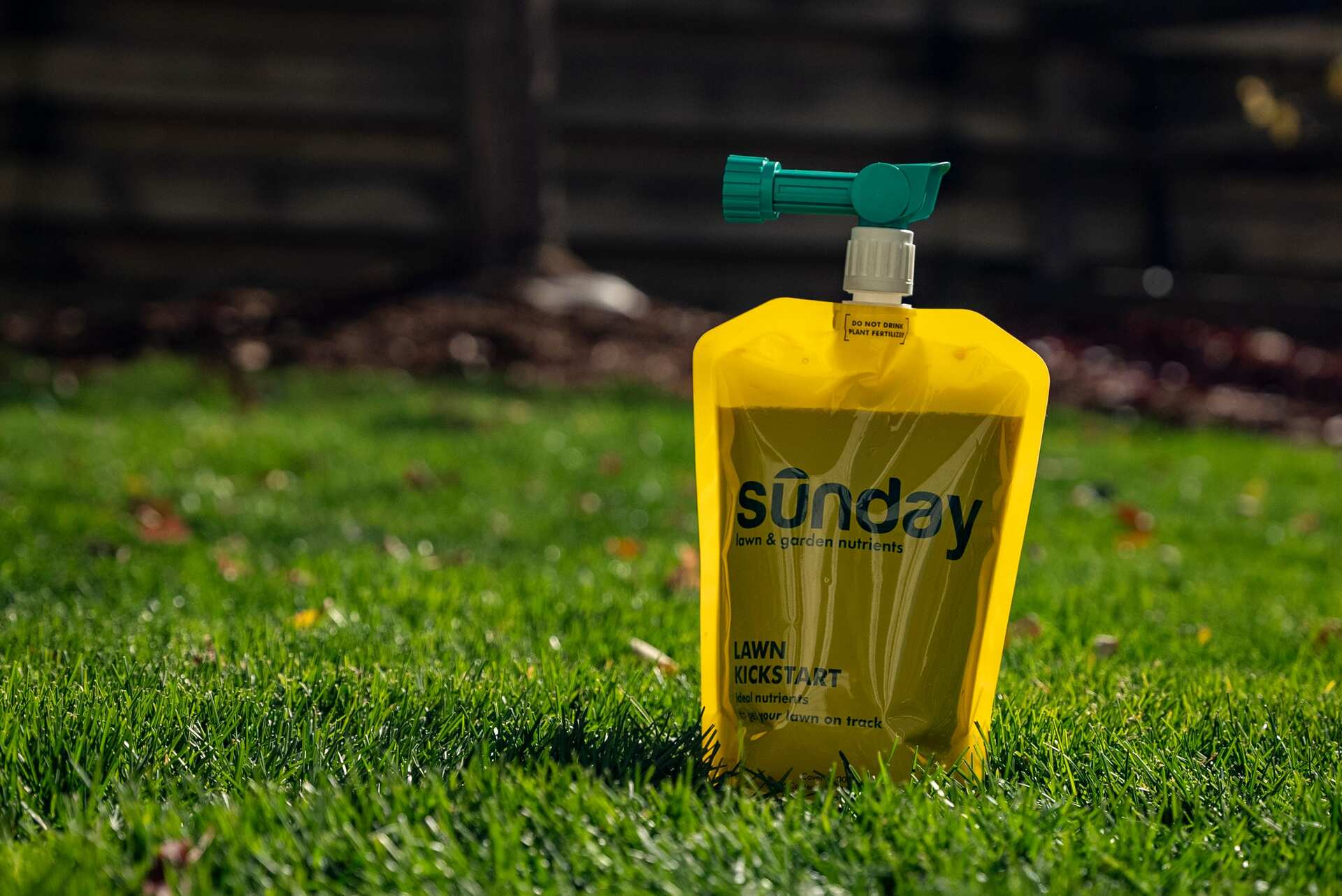
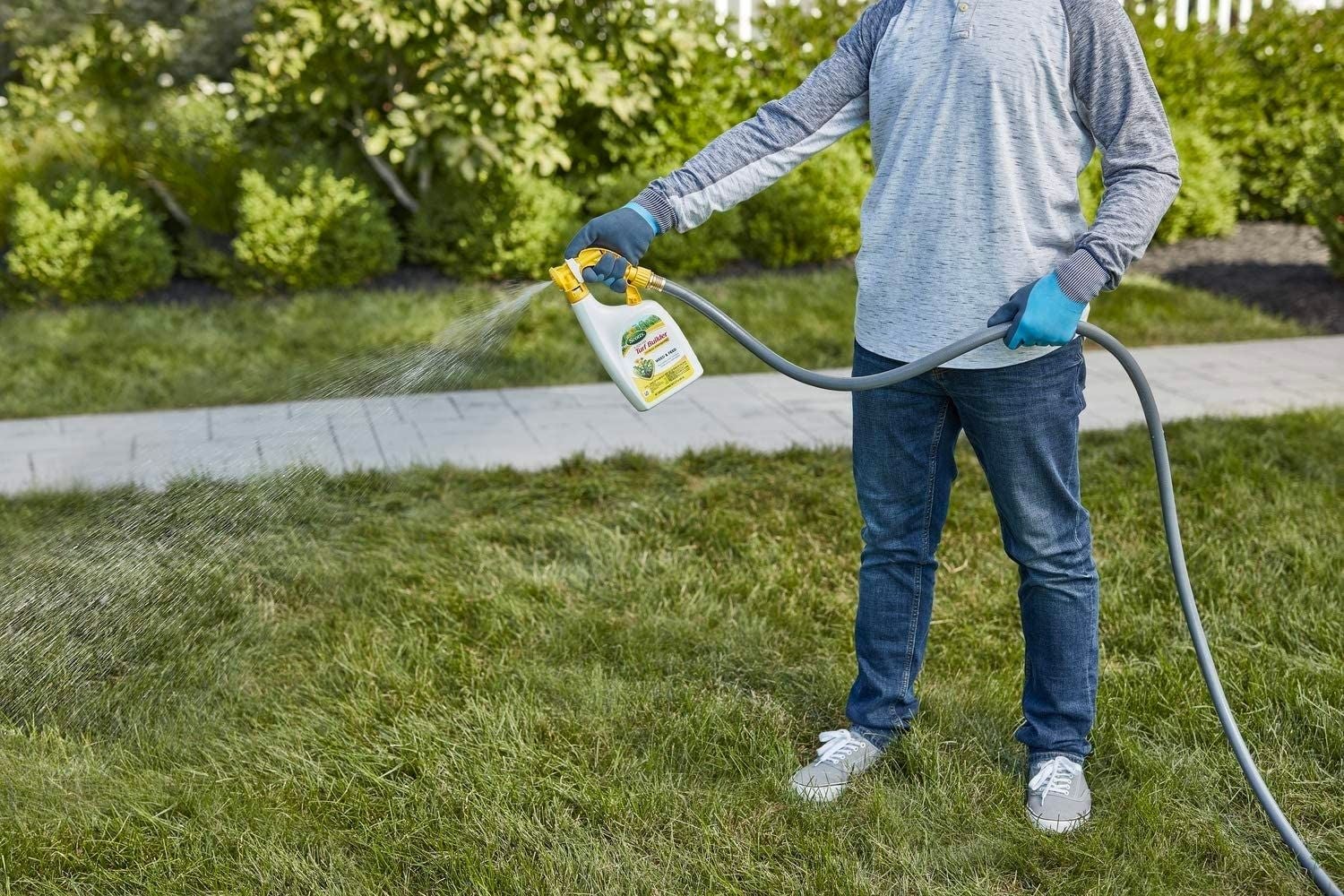
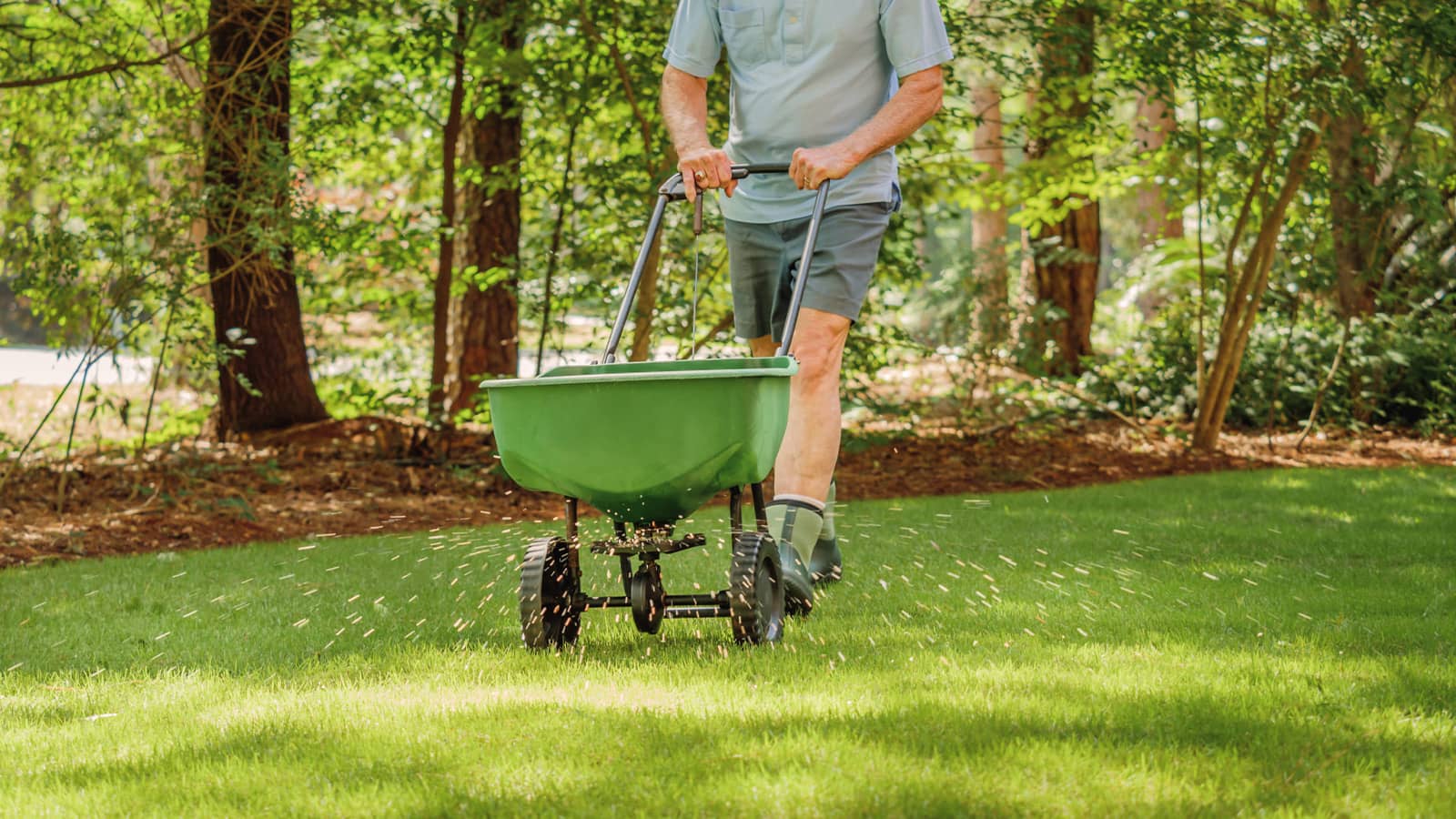

0 thoughts on “What Is Aeration In Lawn Care”